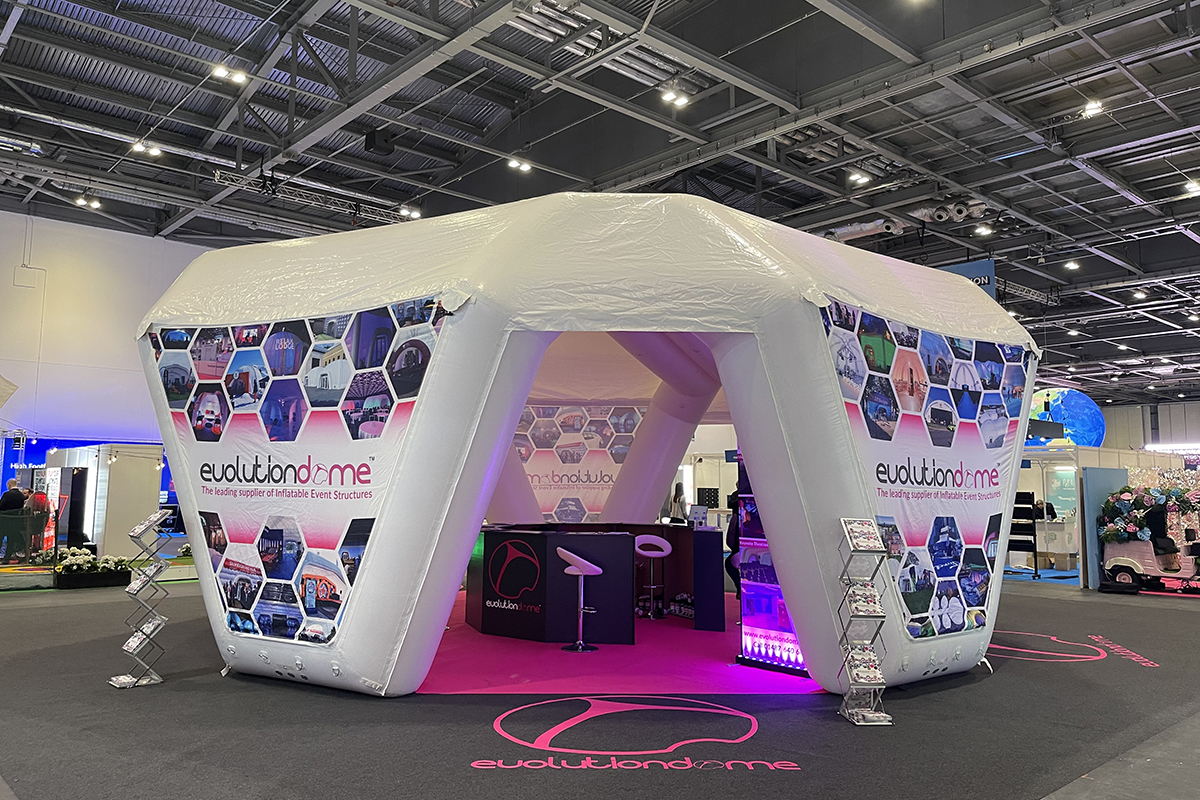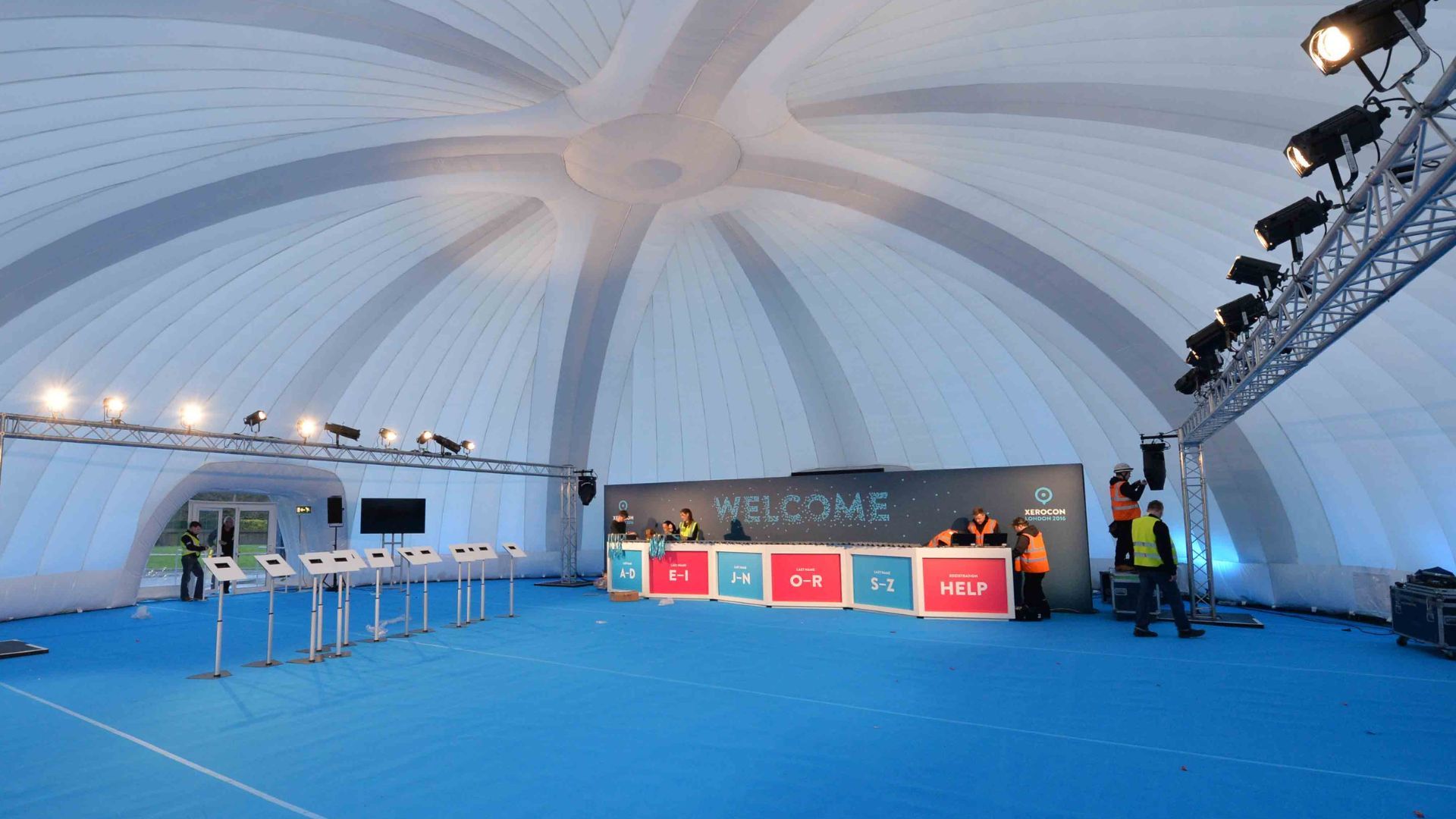The Vision Behind the Evoluon Dome
In 1966, the Evoluon Dome opened its doors in Eindhoven, Netherlands, as a symbol of technological progress. Commissioned by electronics giant Philips, the dome was designed to celebrate the company's 75th anniversary. The structure was intended to house a science museum that would inspire curiosity and innovation among visitors.
Architectural Design and Structure

The Evoluon Dome's design is a striking example of futuristic architecture. Shaped like a flying saucer, the dome spans 77 meters in diameter and stands 25 meters tall. Its concrete shell is supported by 169 kilometers of steel cables, creating a tensioned structure that allows for a vast, column-free interior space. This innovative design was the brainchild of architect Louis Christiaan Kalff and structural engineer Leo de Bever.

A Hub for Science and Technology

Originally, the Evoluon served as a science museum, showcasing interactive exhibits on technology and innovation. It attracted over 500,000 visitors annually during its peak years in the 1970s. The museum's hands-on approach to learning was ahead of its time, encouraging visitors to engage directly with scientific concepts.
Transition to a Conference Center
In 1989, the Evoluon closed as a museum due to financial constraints and shifted its focus to become a conference and events center. Today, it hosts a variety of events, from corporate meetings to cultural exhibitions. The building's unique architecture continues to draw interest, making it a popular venue for both local and international events.
Preservation and Modern Use
Despite its change in function, the Evoluon remains a beloved landmark in Eindhoven. Efforts to preserve its architectural integrity have been successful, ensuring that the dome continues to inspire future generations. In recent years, there have been discussions about reviving its original purpose as a science museum, reflecting the ongoing appreciation for its historical and cultural significance.










